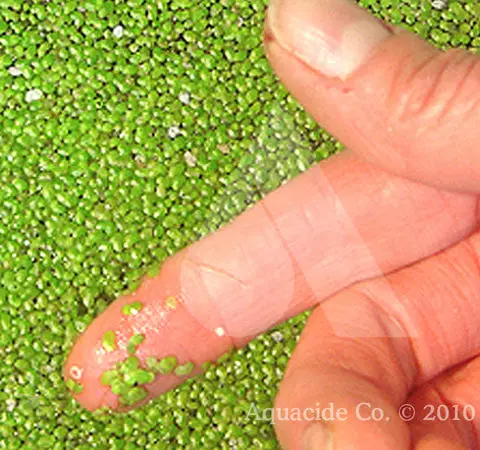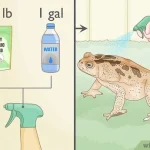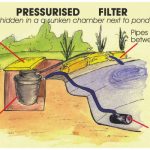Duckweed can be a nuisance for pond owners, quickly taking over the surface of the water and disrupting the ecosystem. If you’re struggling with duckweed in your pond, don’t worry! There are several effective methods you can use to get rid of this pesky plant and restore the balance in your aquatic environment.
1. Manual Removal
One of the most straightforward ways to control duckweed in your pond is through manual removal. This method involves physically scooping out the duckweed using a net or rake. While it may be time-consuming, especially for larger ponds, it can be an effective short-term solution to reduce the duckweed population.
2. Use a Pond Skimmer
Investing in a pond skimmer can make the process of removing duckweed much easier. A pond skimmer is a tool specifically designed to skim the surface of the water, collecting debris, including duckweed. Regular use of a pond skimmer can help prevent duckweed from spreading and keep your pond looking clean.
3. Introduce Floating Plants
Introducing floating plants like water lilies or water hyacinths can help shade the surface of the water, limiting the sunlight available for duckweed to grow. These plants can outcompete duckweed for nutrients and space, gradually reducing the duckweed population in your pond.
4. Use Barley Straw
Barley straw is a natural and chemical-free method to control duckweed in ponds. When barley straw decomposes in the water, it releases compounds that inhibit the growth of duckweed and other algae. Simply place a bale of barley straw in your pond and allow it to work its magic over time.
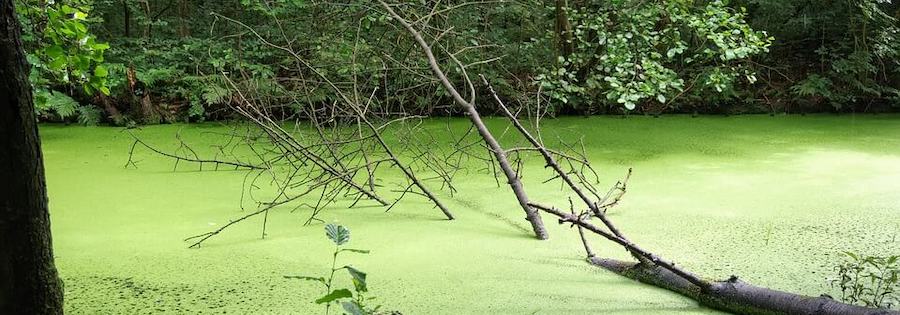
Credit: www.coastalspray.com
5. Install Aeration
Proper aeration can help improve the overall health of your pond and discourage the growth of duckweed. By increasing oxygen levels in the water, aeration promotes the growth of beneficial bacteria that can compete with duckweed for nutrients, ultimately suppressing its growth.
6. Use Biological Controls
Introducing natural predators of duckweed, such as certain species of fish or insects, can help keep its population in check. For example, grass carp are known to consume large amounts of duckweed, making them a popular biological control option for ponds suffering from an overgrowth of duckweed.
7. Chemical Treatments
If manual removal and other natural methods have not been effective, you may consider using chemical treatments to control duckweed. There are herbicides available specifically designed to target duckweed while being safe for fish and other aquatic life in your pond. However, it’s important to follow the instructions carefully and use chemicals responsibly.
8. Regular Maintenance
Preventing duckweed from taking over your pond in the first place is key to long-term control. Regular maintenance practices such as removing excess nutrients, maintaining proper filtration, and monitoring water quality can help create an environment that is less conducive to duckweed growth.
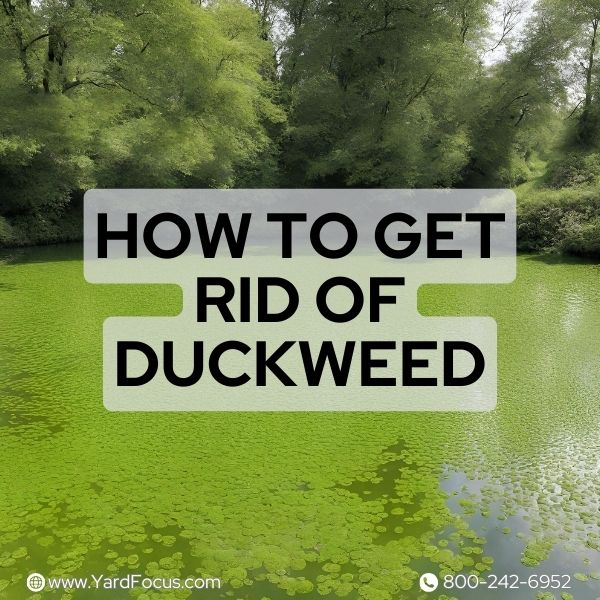
Credit: www.yardfocus.com
Conclusion
Dealing with duckweed in your pond can be a challenging task, but with the right strategies and consistent effort, you can successfully manage and control its growth. Whether you opt for manual removal, natural solutions, or chemical treatments, finding the method that works best for your pond’s specific conditions is essential. By taking proactive steps to combat duckweed, you can enjoy a healthier and more balanced aquatic environment in your pond.


